Starting or overhauling a workforce development program is an exciting venture. But amid the planning, recruitment, and execution, it’s difficult to know if you’ve chosen the right strategy. Perhaps your enrollment numbers and outcomes aren’t where you’d like them to be yet.
As employer and student needs shift, you should adjust your programs to help learners achieve the skills they need–and ultimately, find a fulfilling career. Here’s how you can design your program for the current climate.
The Top Challenges Facing Workforce Development Programs
Despite a deep need for their services, workforce development programs often struggle to recruit and retain students. Trust and perception problems can be a stumbling block. Before diving into innovative solutions, let’s examine the top barriers to success for workforce development programs.
Inflexible Course Structures
Today’s adult learner is likely to have family obligations, be financially independent, and work over 30 hours a week. When classes are in-person at fixed times and students must commute, arrange childcare, and schedule work shifts around classes, they are less likely to complete their training or enroll in the first place. Outside of cost, family responsibilities and work obligations are the biggest barriers to entry– holding 45% of potential adult learners back from enrolling.
Perceived Value
It’s no secret that post-secondary education is experiencing a value erosion. Potential students–many of whom carry student debt from education earlier in life–are skeptical that workforce development programs will provide a return on their time and money investment. Nearly a third (29.4%) of adults say they would go back to school if it promised them higher earnings.
There’s a gap that needs to be bridged to change this perception. Alongside this broader perception, skilled trades face an additional perception challenge because they are not considered as appealing as degreed career fields.
3 Steps to Build a Successful Workforce Development Program
With strategic program design, partnerships, and technology investment, you can elevate the success of your workforce development program. Consider these three strategies to boost your outcomes.
1. Incorporate Flexible, On-Demand Training
Building flexible options into your workforce development program isn’t just nice to have– it’s a requirement. Adult learners prefer flexible classes that allow them to fit their learning and assignments in at a time that suits them. The EAB Adult Learner Survey found most students over 35 (55.4%) are more likely to consider online college programs. Not only do online and asynchronous courses fit the needs of adult learners better, but they also meet a growing consumer demand across demographics.
So, what does that look like? Flexible training can take many different forms:
- Offering certification preparation and testing
- Fully online and hybrid course delivery
- On-demand, self-paced modules for asynchronous delivery and assessments
- VR and AR-powered immersive learning to engage students and boost retention
Rather than replacing classroom instruction, on-demand training augments it by giving students unlimited practice and the ability to progress at their own pace. Besides being more convenient, flexible learning can keep students engaged, boost learning retention, and keep them from dropping out. Immersive learning can interest Gen Z and Millennial learners who may not have otherwise considered a career in the trades.
2. Offer Industry Certifications
Adult learners say that accreditation is the most important factor they consider when choosing a program. Industry-recognized certifications and credentials, especially for skilled trades workers, add value for learners and can help them advance in their careers in several ways:
- Unskilled workers can earn credentials to get started in an industry, helping to overcome a lack of job experience
- Existing professionals can maintain their required professional development hours
- Existing professionals can earn credentials to advance within their field or reskill to a new trade
You can attract and retain learners by partnering with training providers like Interplay Learning to offer certification preparation and testing for industry certifications like OSHA 10, EPA 608, and NATE Ready-to-Work. This gives students confidence about the value they’ll take with them from the program and their future employability.
3. Build Apprenticeships into Your Workforce Development Model
One common criticism of workforce development programs is that their training doesn’t keep up with changes in industry and employer needs. You can close this gap, build trust with employers, and bring them into the process by offering registered apprenticeships with the Department of Labor (DOL). In these apprenticeships, learners train directly with employers on the job while earning wages. Here are several top benefits of the DOL apprenticeship model:
- Customized training. Working directly with employers ensures that employees are receiving the right training needed for the job.
- Employee retention. 90% of apprentices continue their employment after completing an apprenticeship, minimizing costs and time for hiring and onboarding.
- Higher wages and lifetime earnings. Apprenticeship grads can gain a $300,000 lifetime earnings advantage.
- Diversity. Apprenticeships give access to diverse populations that are typically underrepresented.
Don’t have the time or expertise to design an apprenticeship program from scratch? Join Interplay Learning’s DOL-recognized apprenticeship program to gain access to comprehensive simulation training and expert apprenticeship support. We offer full program setup and management to eliminate any bureaucratic headaches.
Bridging the Gap in Workforce Development
Building strong partnerships with employers is crucial for your workforce development program. Apprenticeships can bridge the gap between what the market needs and the skills your workforce can offer. Industry-recognized credentials can help students overcome skepticism and have confidence in their educational investment.
By offering certifications and apprenticeship opportunities, you not only give learners a connection to future employment– you’re setting them up to receive a widely recognized credential they can use for the rest of their lives.
Ready to elevate your workforce development program with hands-on immersive learning, industry-recognized credentialing, and apprenticeships? Contact us today to learn how Interplay Learning can support your goals.








